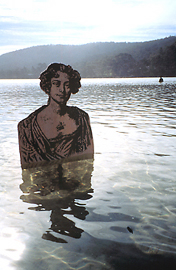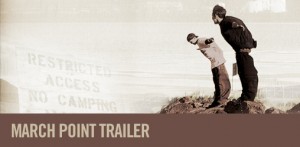Aboriginal Ethics Guide Ethical Research
Description & Relevancy
This is a short piece by Marlene Brant Castellano who is involved with an Interagency Panel on Research Ethics. They are currently developing new information that will add to the growing body of literature on the ethics of research with First Nations research subjects and situations. This new perspective and consideration into research ethics includes the perspective that Indigenous traditional values and beliefs add to the overall understanding of ethics. The result is that their work considers ideas such as the following traditional virtues into the ethical guidelines for research:
- Kindness implies respect for the dignity of the others involved, not dominating or pressing our own agenda at the others’ expense
- Honesty involves communicating our principles and intentions as the basis for relationship and ensuring free, informed consent for actions taken
- Sharing recognizes that the common good requires give and take by all, with respect for the different gifts that each party brings
- Strength is courage to stand firm for our principles; in some cases, strength is resilience, as in the capacity to bend to circumstance while holding on to important values
Links
http://www.heretohelp.bc.ca/publications/aboriginal-people/alt/2
CIHR guidelines for health research
National Aboriginal Health Organization Journal of Aboriginal Health (article)

 The
The  The mission of the
The mission of the